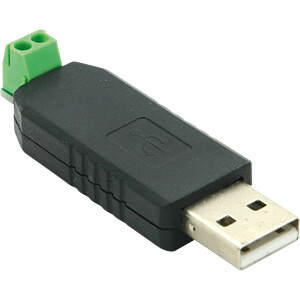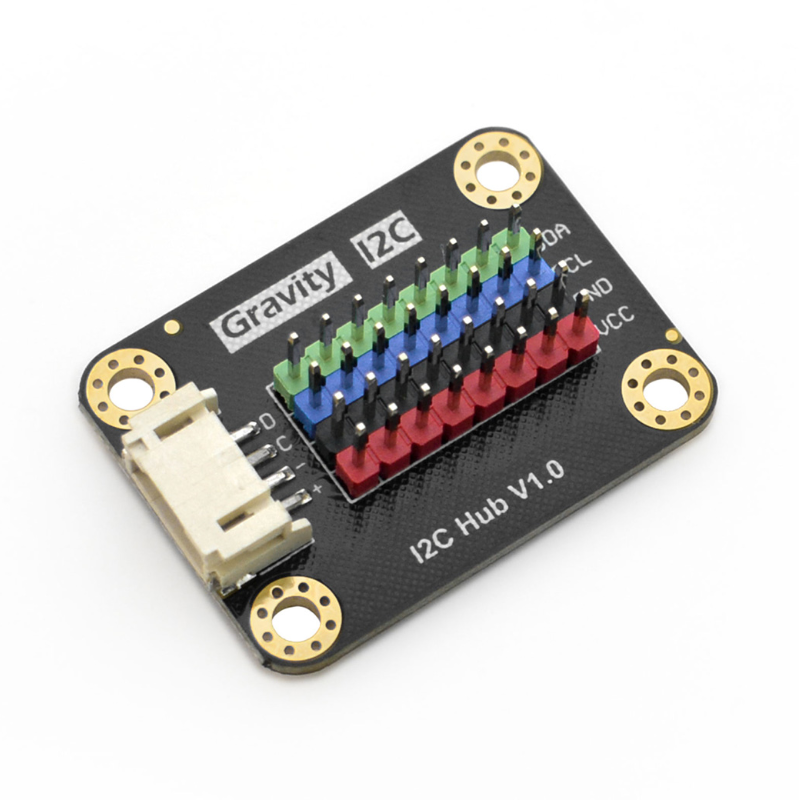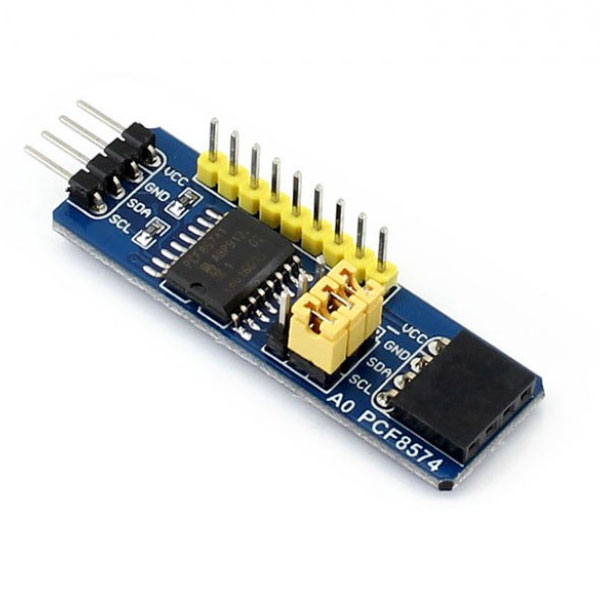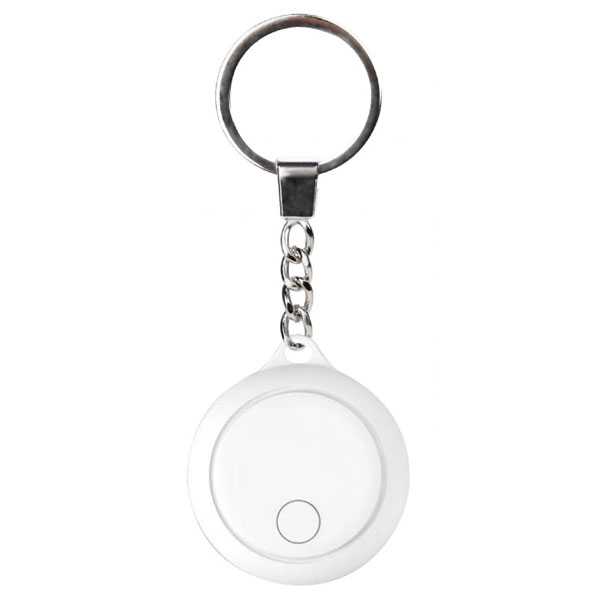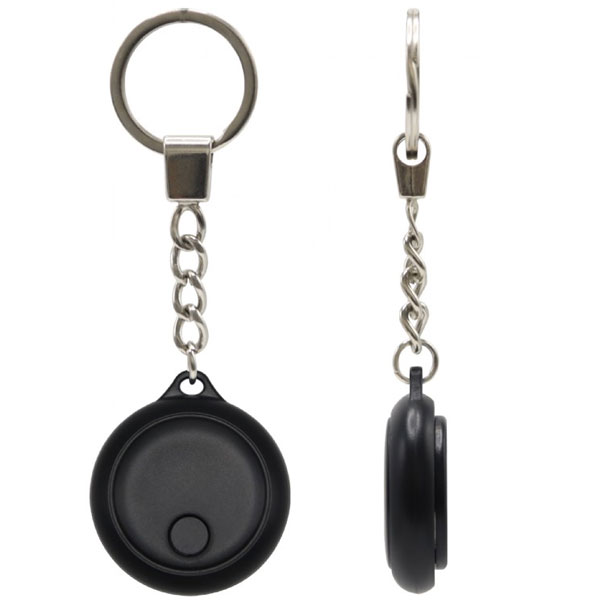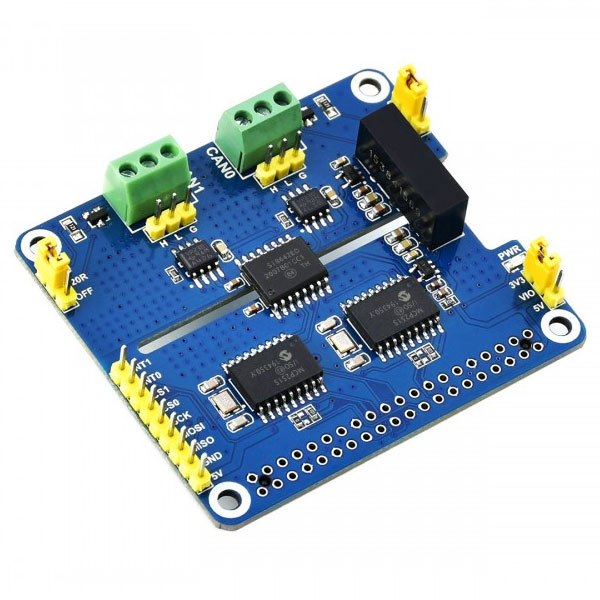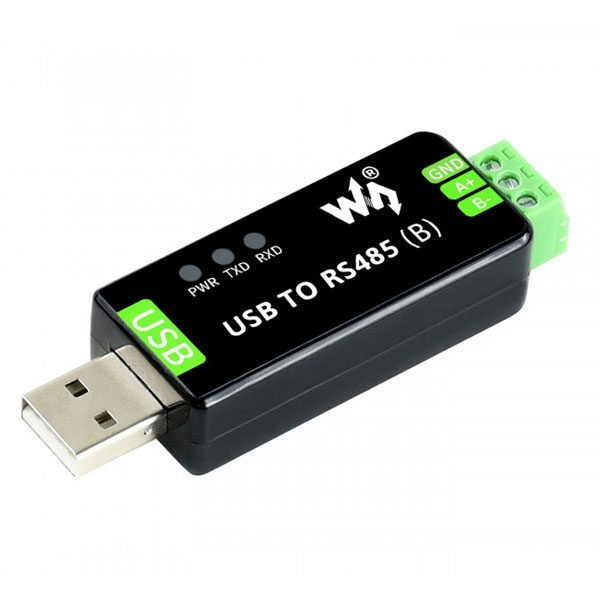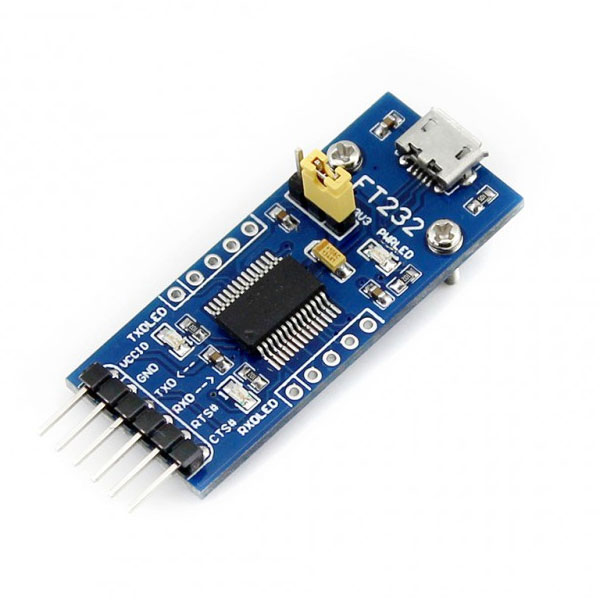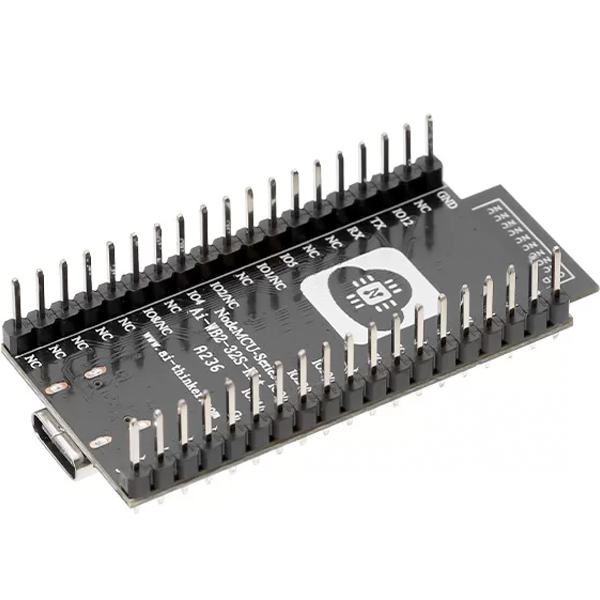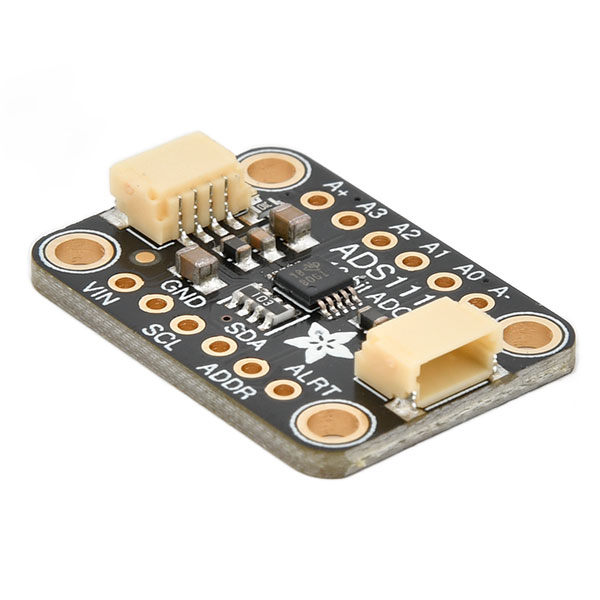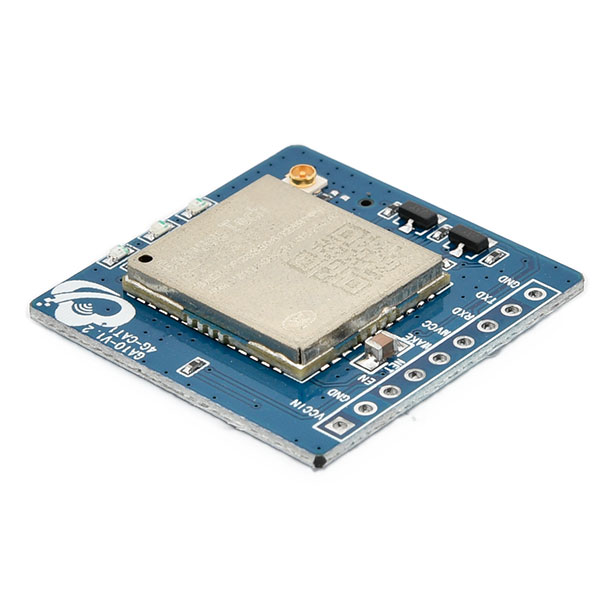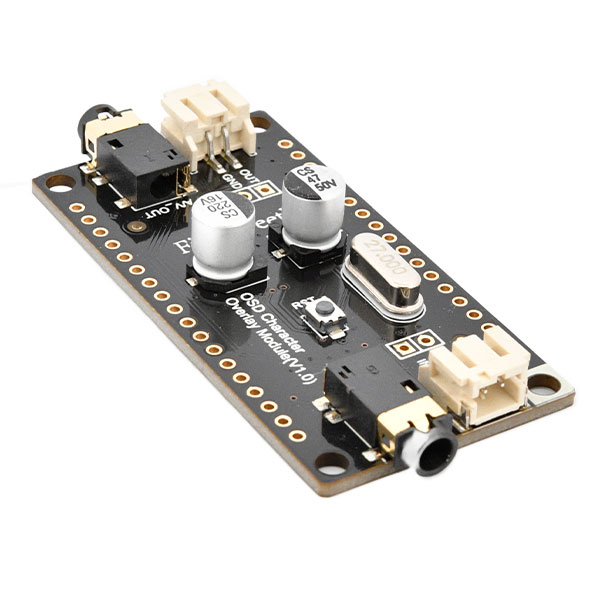5183+ reviews
Order by 16:00 for same day shipping
14 days return
EN
Individual
Business
Filters
Price
to
Arduino Type
Communication
In electronics, everything revolves around collaboration. Communication components make this collaboration possible. They form the bridge between microcontrollers, sensors and other components. Without these components, smart systems, robots and IoT applications cannot function. Whether it is about sending data or controlling a device, communication is indispensable.
61 products found
Sort by:
Different types of communication components
Within this category you will find various chips and modules. Each uses its own communication protocol. Commonly used methods are UART, I2C and SPI. These are often used on development boards such as the Arduino or Raspberry Pi . They ensure reliable data transfer between the main controller and peripherals.
For wireless communication, there are RF modules, for example on 433 MHz or 2.4 GHz. These are useful when range is important. Think of alarm systems or weather stations. Other popular modules are based on Bluetooth and WiFi. They enable connection to networks or mobile devices. The ESP8266 and ESP32 combine microcontroller functions with wireless connections. This makes them ideal for IoT projects.
Sometimes wireless communication is not practical. Then wired solutions such as RS232 or RS485 are better. These are often used in industrial environments where stability is important. Infrared modules are also useful. They are often used in remote controls and simple systems without radio frequency.
Practical applications
Communication components are everywhere. In IoT projects, devices send data to a server or to each other. Think of a smart planter that transmits humidity values via WiFi. Or a temperature sensor that transmits information over long distances via LoRa.
Even within a single device, multiple communication methods may be needed. An Arduino can retrieve information from a sensor via I2C. It then sends this data to a phone via Bluetooth. In this way, different components work together smoothly.
In home automation, communication is key. Smart lights, doorbells and thermostats constantly talk to each other. This often happens wirelessly via protocols such as Zigbee or WiFi. In education and hobby projects, simple modules provide fast results. You don't have to delve deeply into technology to build something that works. With the right modules, you can work faster, more reliably and more energy-efficiently.
What do you look for when choosing?
When choosing a communication component, several factors play a role. It starts with compatibility. Does your project work with UART, I2C or SPI? Then the module must connect to it. The range is also important. Bluetooth is sufficient for a device in the home. LoRa is better suited for outdoor projects.
Power is another issue. Some modules operate on 5V, others on 3.3V. An incorrect connection can cause damage. With battery-powered devices, power consumption also counts. WiFi uses more power than a simple RF transmitter. That affects battery life.
The size of a module can also play a role. Especially if you have limited space in a case. Finally, software support is important. Is the module well supported in Arduino IDE or Raspberry Pi OS? Are there libraries available? Good documentation saves a lot of time.
